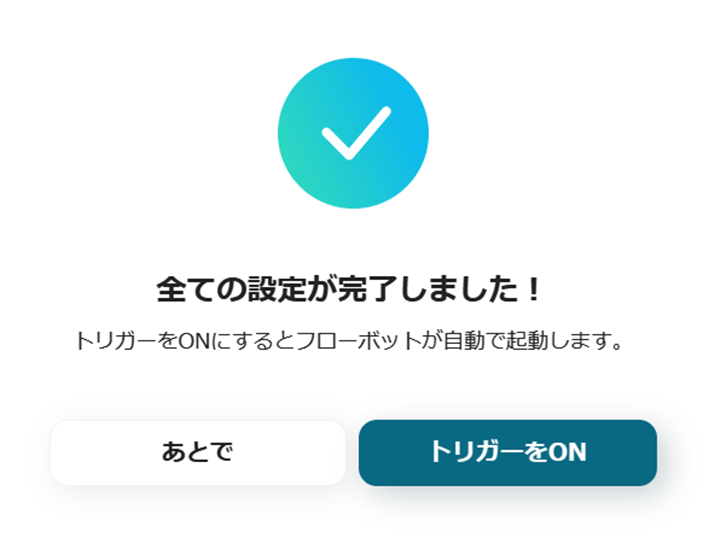The integration flow is broadly created through the following processes.
・Register Google Forms and Asana as My Apps
・Set up a trigger that activates when a response is submitted in Google Forms
・Configure settings to add tasks in Asana
・Testing and verification
Step 1: Integrating Google Forms and Asana with My Apps
First, log in to your Yoom account.
If you do not have an account, please create one on the Yoom account creation page.
1. After logging in, click on My Apps and then click on New Connection.

2. You can search by app name in the input field.
This time, search for Google Forms and Asana respectively and register them.

Registering Google Forms as My App
1. First, let's register from Google Forms.
When you enter Google Forms, an icon will appear, so click on the icon.

2. The following screen will appear, please click "Sign in with Google".

3. Please select the account to link with Yoom.

4. The following screen will be displayed.
If there is no problem with the account to be linked, please click "Next".

4. The following screen will appear.
Click "Continue" to complete the registration of Google Forms as My App.

Registering Asana as My App
1. Similarly, search for Asana and click on the icon.

2. Enter your email address and click "Continue".

3. Enter your password and click login.

This concludes the registration of Google Forms and Asana as My Apps.
Once the registration is successful, the following screen will appear.
Please check if the icons for Google Forms and Asana are displayed on the My Apps screen.

For more detailed information about Yoom, please check the Yoom Help Center.
Selecting a Template and Preparing a Storage Location
Please click "Try it" from the link below.














.avif)












.avif)
.avif)
.avif)
.avif)





